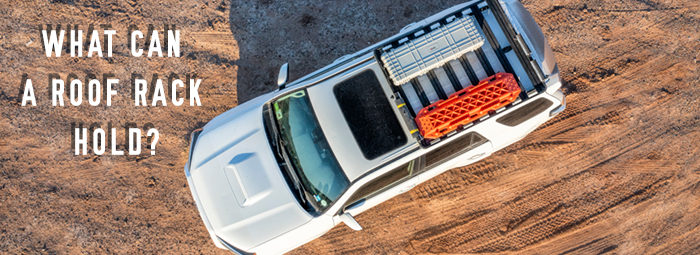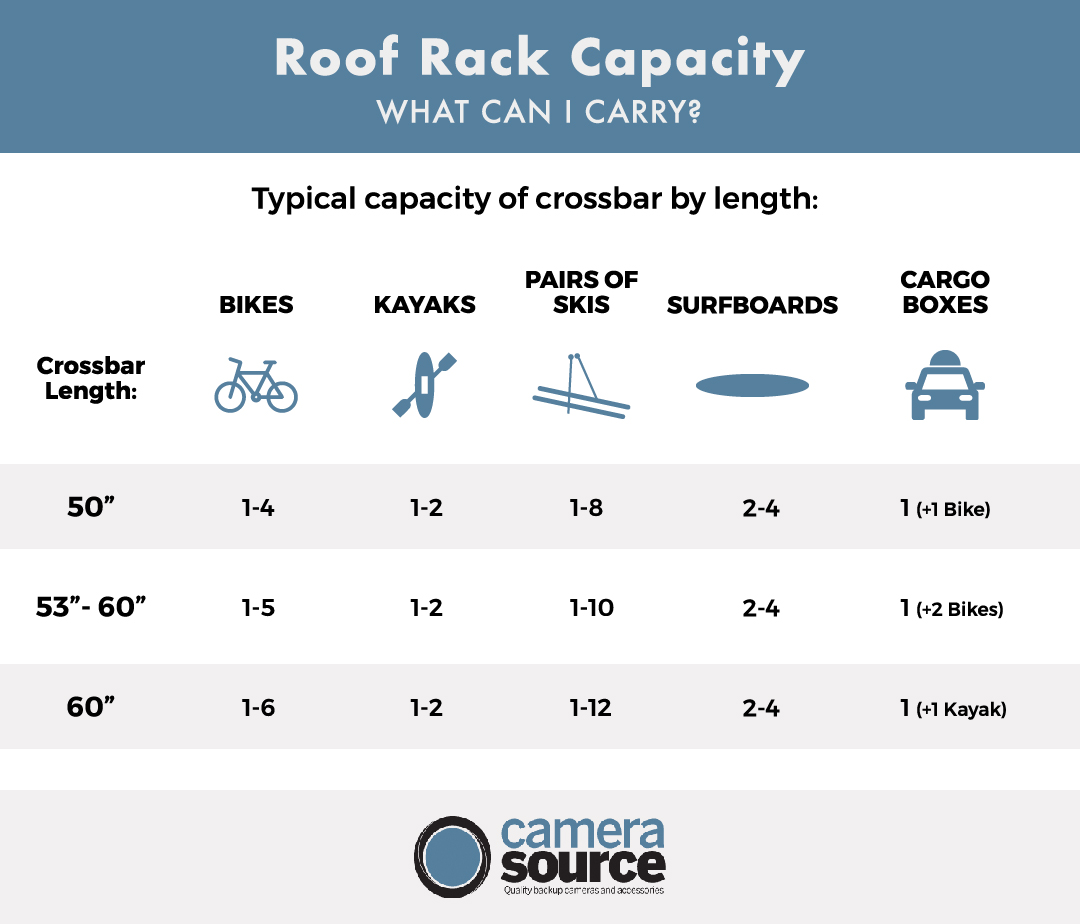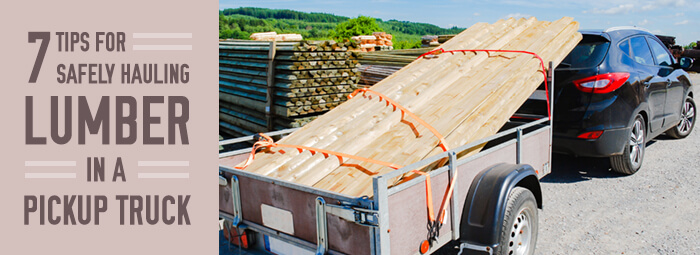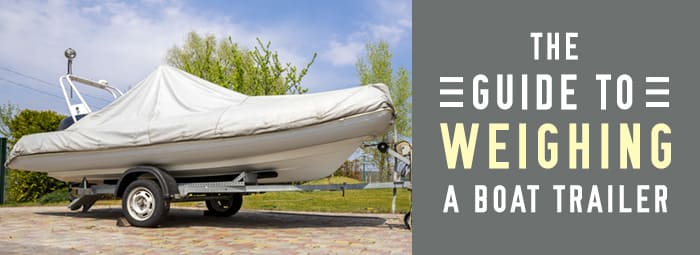Overloading a roof rack can cause serious problems. For this reason, the universal cap for a roof rack is roughly 165 pounds. However, how much weight a roof rack can hold starts with how much weight your vehicle can hold.
Many people often forget that the weight of the rack itself and the crossbars need to be taken into account. Even if your roof rack has a dynamic weight rating of 300Ibs, but your car only has a dynamic roof weight rating of 150Ibs, then it means you’ll only be able to load a total of 150Ibs on your car roof.
In most cases, roof racks and crossbars are much stronger than the actual car roof itself and will have both a higher dynamic and static load rating. This, however, doesn’t mean that you will be able to add more weight onto your car roof — in fact, quite the opposite. We’ll go even more into depth below.
How Much Weight Can A Car Roof Support?
If you don’t have a roof rack, your car will generally be able to hold roughly 70-165 lbs of weight. You will also probably have to attach that weight using unconventional and unreliable means, such as bungee cords roping through open windows or using straps to tie something down to a bare of.
The permissible roof load of a vehicle is stated in the operating manual of the vehicle manufacturer. The roof load cannot be found in the vehicle registration document. Only the permissible total weight of the vehicle (empty weight plus maximum additional load), which may not be exceeded in total, can be found in the vehicle registration document.
How to Properly Load Your Car’s Roof
The purpose of car roof racks is to expand the cargo capacity of vehicles rather than to increase the amount of weight the vehicle can transport. This means roof racks are designed to carry large bulky items that won’t fit inside a car or truck.
If you are planning on mounting items such as a roof top tent or roof box to your car roof then it is necessary for you to install a roof rack or crossbars. Other items such as bikes and kayaks will also require you to have a roof rack or crossbars installed in order to make sure everything is securely attached.
How to Load a Roof Rack
To secure items to the roof rack, tie down the equipment with four points of contact. This will give you the most stability. While tying down the equipment, hold the straps tightly so you do not need to tie a bunch of knots. Wrap the straps around the equipment a few times, on all four areas, to ensure the equipment is properly secure to the roof rack.
Kayaks, surfboards, skis, bicycles, roof boxes and cargo baskets may all require specialty mounts that attach to the crossbars as well as additional gear to transport properly.
- Roof boxes - Extra space for all your gear
- Bike racks - Bikes of any kind – mount the bike rack quickly and easily
- Water Sport Racks - Mount racks for kayaks, surfboards and SUP boards.
- Winter Sport Racks - Skis and snowboards – get ready for action in minutes.
Roof Rack Loading Do’s & Don’ts
Roof racks come in different forms and can accommodate many different forms of cargo, but they do have their limits.
Roof Rack Do’s
- Stay within your roof weight limits.
- Avoid carrying unnecessary gear on your rack or crossbars.
- Use proper cam straps to secure your load.
- Carry bulky gear that can’t fit in your vehicle.
- Carry dirty gear such as firewood for example.
- Use the locks on your rack accessories as they serve as a backup to the securing mechanism.
- Carry only aerodynamic gear on your roof rack/ crossbars.
Roof Rack Don’ts
- Go over the roof weight/roof rack limits.
- Use bungee cords or twine to secure your gear.
- Load unnecessary gear on your roof.
- Leave gear or rack accessories on your vehicle when not in use.
What not to Load on Your Roof Rack
Roof racks are very useful, but there are several things to avoid mounting on them. Don’t load mattresses, major heavy appliances, large furniture like sofas and bed frames, or anything that might be construed as illegal. Overloading a roof rack makes the likelihood of an accident much higher.
Using Roof Rails & Crossbars
There are two main types of mounts that can help secure gear: roof rails and crossbars. The two are similar because cargo can be secured to both. Roof rails often are installed at the factory, and they run from the front to the back of the vehicle. Some roof rails are flush and some are raised.
Crossbars attach to the roof rails on top of your car, running from side to side, and provide the mounting point for the system. Yakima and Thule sell crossbars for roofs without rails, and these attach to the edge of the roof so you can still mount things on top of the car.
Both crossbars and roof rails have weight limits that are independent of the vehicle’s limits. For example, the static weight limit of a Yakima crossbar maxes out at 600 pounds.
Common Roof Rack Questions
What’s the difference between static and dynamic roof ratings?
The dynamic weight capacity of the roof refers to the amount of weight you can support on your vehicle roof while it is in motion. In other words, while you are driving. The dynamic roof weight limit is always lower than the static weight capacity as this is what will be affecting your driving dynamics while you are on the road. Exceeding the maximum dynamic roof capacity amount makes vehicle rollovers more likely to occur. Most vehicles have a dynamic roof capacity of 165 Ibs.
Static weight capacity is how much your vehicle can support when not in motion. A general guideline is that static weight capacity is roughly 8 to 10 times greater than the dynamic weight capacity.
Can my vehicle carry the weight of my rooftop tent?
This will depend on how much weight will be in the tent when it is open and filled with people. Knowing the overall amount of weight that will be required to comfortably sleep in a rooftop tent, and comparing that to the load capacity of your vehicle will tell you all you need to know.
Can a car roof hold a person?
Typically, yes, but people who exceed the weight rating should exercise care and try to stay over load points when they are on top of the vehicle.
Camera Source for Safe Driving
Using the extra space on your car roof can be greatly advantageous for turning your vehicle into a more useful tool. You can continue to enhance the safety of your vehicle by installing side cameras or with the addition of backup cameras. At Camera Source, we provide the tools and assistance necessary to make sure you have the right camera for your vehicle. If you’re curious about how backup cameras might help your vehicle, get in touch for more info.









